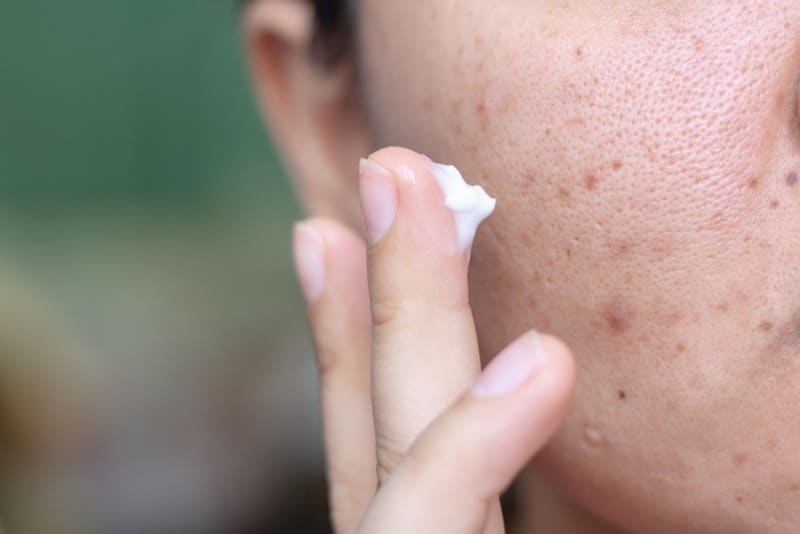The typical cause of acne is blocked pores, which occur when a concoction of sebum, germs, and dead skin cells becomes lodged in a hair follicle. Each pore on the skin opens a hair follicle, which is made up of an oil gland and hair. Sebum is released from the oil gland, travels up the hair, and opens a pore. It impacts the oil gland that produces sebum which causes the building up of dead skin cells, blocked pores, and causes acne.
The American Academy of Dermatology states that roughly 50 million people are affected by acne in the United States yearly. Although acne is considered among the most common skin conditions in the U.S., the best acne treatment is still unverified.
From the onset of acne symptoms, mild acne types can be cured with over-the-counter (OTC) items and prescription drugs like topical and oral formulas. In comparison, moderate acne type needs prescription medication from a dermatologist.
A dermatologist can guide you in choosing the appropriate acne medications and treatment that works for you. According to the experts, there are listed causes of acne problems and complementary treatments for each type. Here are some of the listed treatments for acne:
Retinoids and Retinoid-Like Drugs

A prescription is needed to purchase the topical cream or gel known as tretinoin. Tretinoin is a retinoid generated from vitamin A, just like retinol. It functions by accelerating the skin cells’ life cycle. As a result, it leads them to divide and die more quickly so that fresher, better skin cells can emerge.
When using retinoids for the first time, patients can experience skin peeling, redness, or an escalation of acne. Until the body adapts, patients can reduce this by using the product every other day or combining it with moisturizer.
Retinoids help not only to cure acne but also to lessen the appearance of wrinkles and fine lines. Tretinoin can be used for all types of acne, but a prescription from a doctor or dermatologist before buying it. It is applied in the evening, three times per week, then daily as the skin adjusts and the clogging of hair follicles is avoided.
However, it is not advised to use tretinoin and benzoyl peroxide together. This is because the skin becomes more sensitive to the sun when topical retinoids are used. It can cause dry skin and redness particularly in people with a darker complexion.










